In the process of smelting or hot working of steel, due to certain factors (such as non-metallic inclusions, gases, process selection or improper operation, etc.). Defects inside or on the surface of the seamless steel pipe will seriously affect the quality of the material or product, and sometimes lead to the material or product being scrapped.
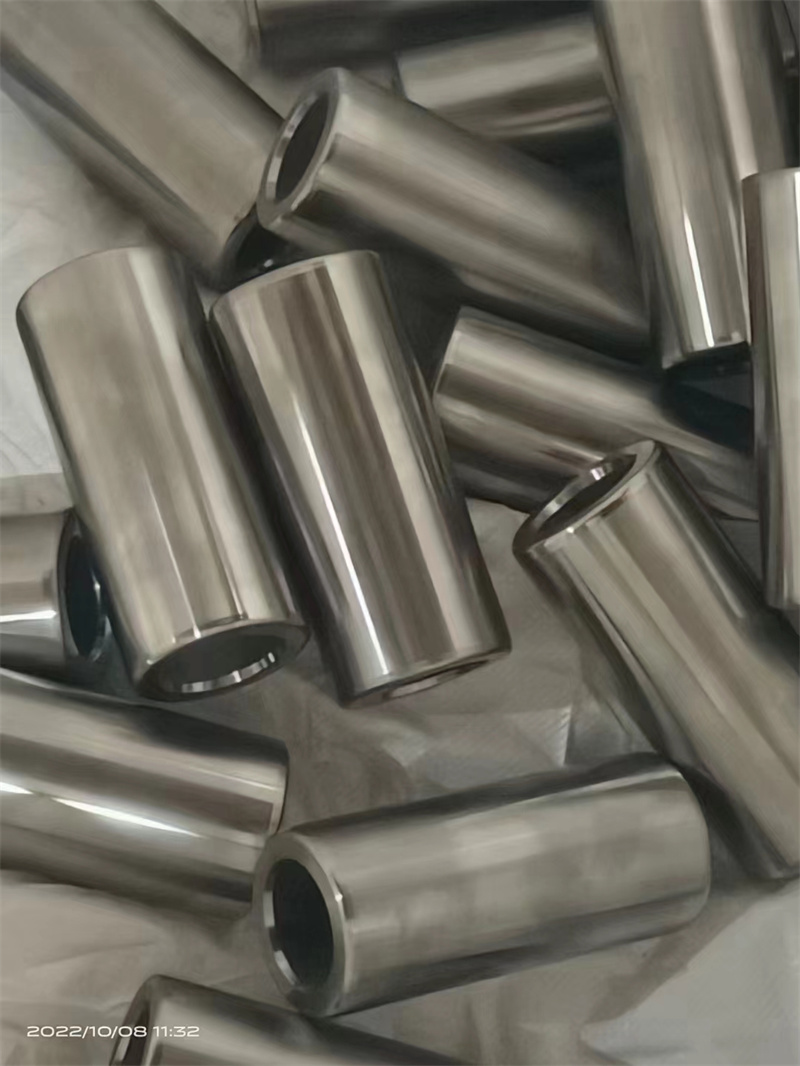
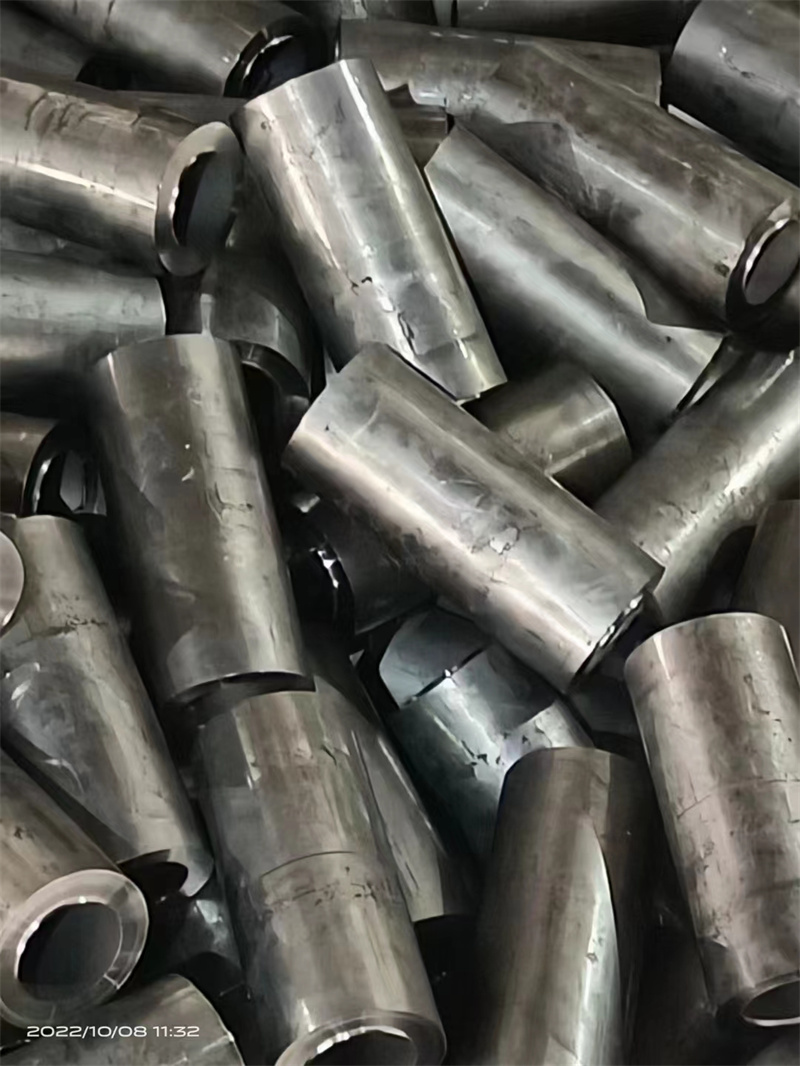
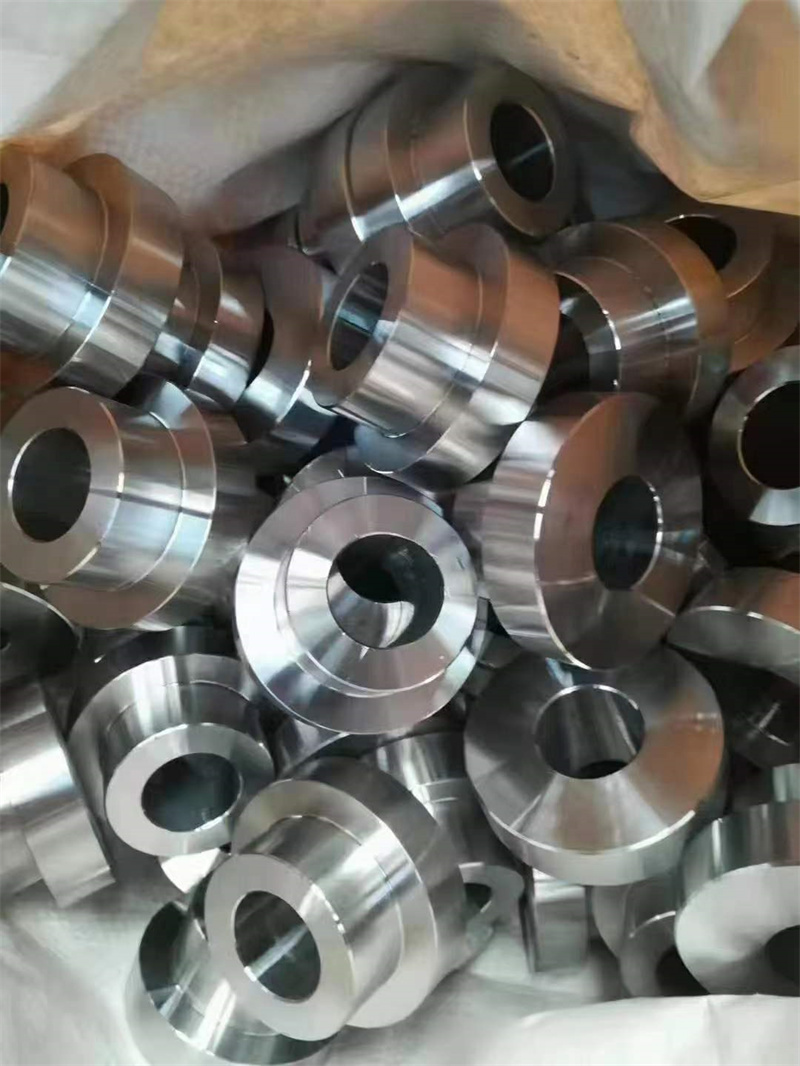
Porosity, bubbles, shrinkage crater residues, non-metallic inclusions, segregation, white spots, cracks and various abnormal fracture defects in cold drawn seamless steel pipes can be found through macroscopic inspection. There are two macro inspection methods: acid leaching inspection and fracture inspection. The common macroscopic defects revealed by acid leaching are briefly described below:
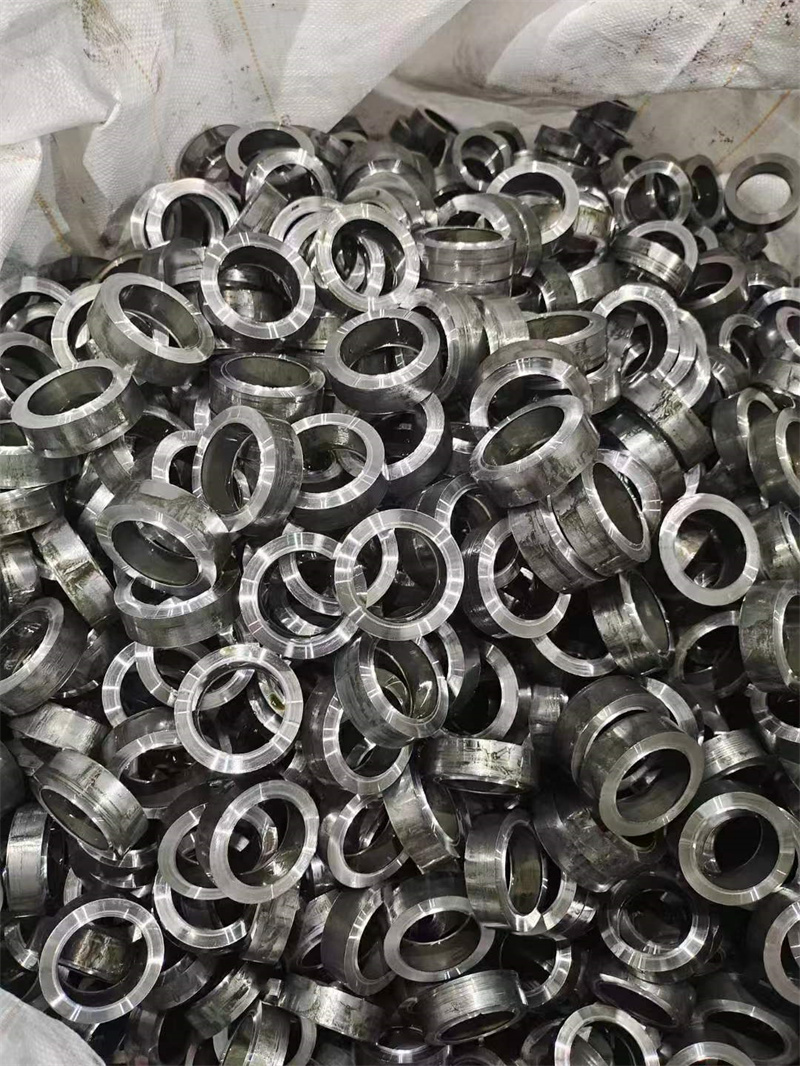
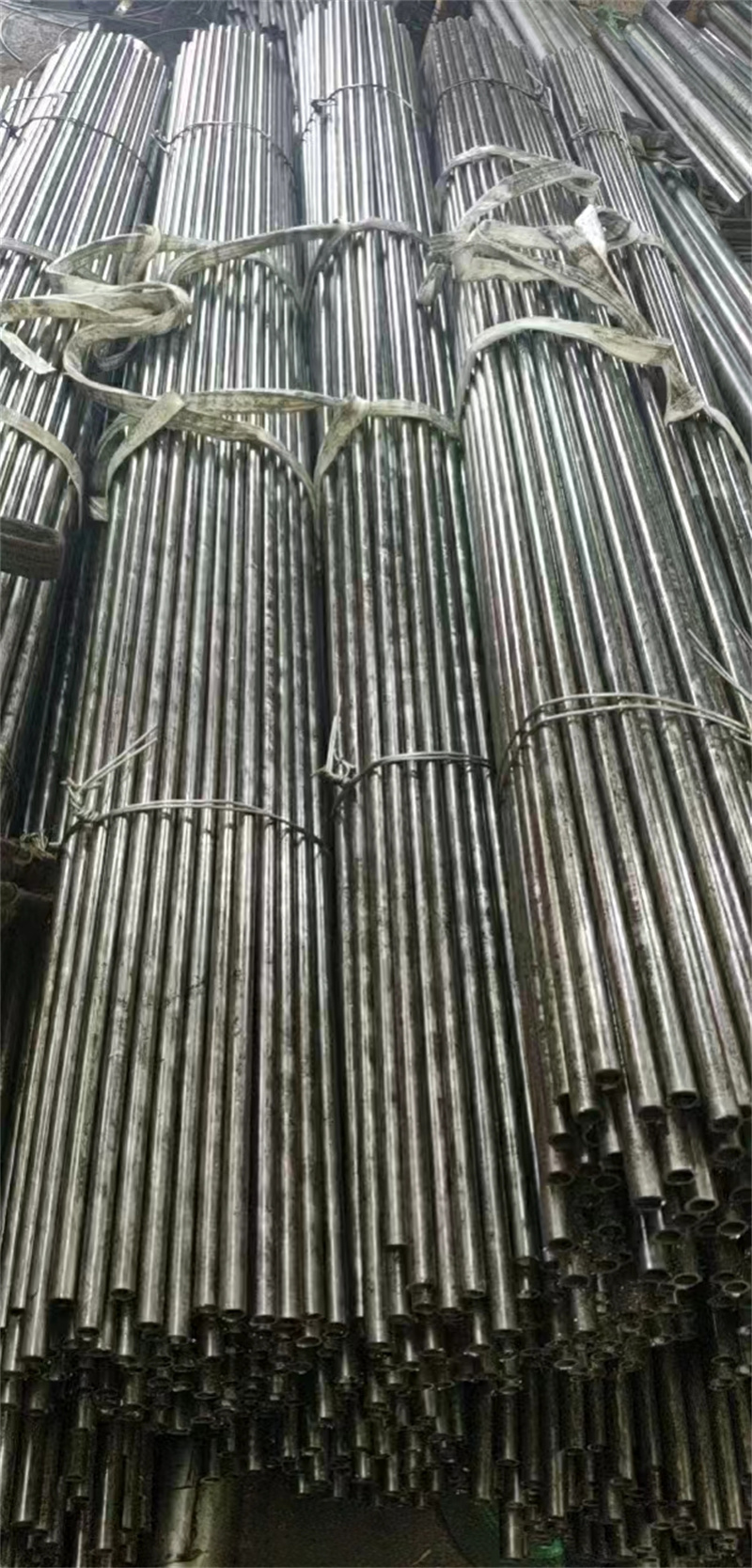
1. Isolation
Cause of formation: During casting and solidification, certain elements aggregate due to selective crystallization and diffusion, resulting in non-uniform chemical composition. According to the different distribution positions, it can be divided into ingot type, center segregation and point segregation.
Macroscopic features: On acid leaching samples, when segregated into corrosive materials or gas inclusions, the color is darker, the shape is irregular, slightly concave, the bottom is flat, and there are many dense microporous points. If the resist element aggregates, it will be a light-colored, irregularly shaped, relatively smooth microbump.
2. loose
Cause of formation: During the solidification process, the steel cannot be welded during hot working due to the final solidification shrinkage of the low melting point material and the release of gas to create voids. According to their distribution, they can be divided into two categories: central loose and general loose.
Macroscopic features: On the lateral hot acid leaching surface, the pores are irregular polygons and pits with narrow bottoms, usually at the point of separation. In severe cases, there is a tendency to connect into a spongy shape.
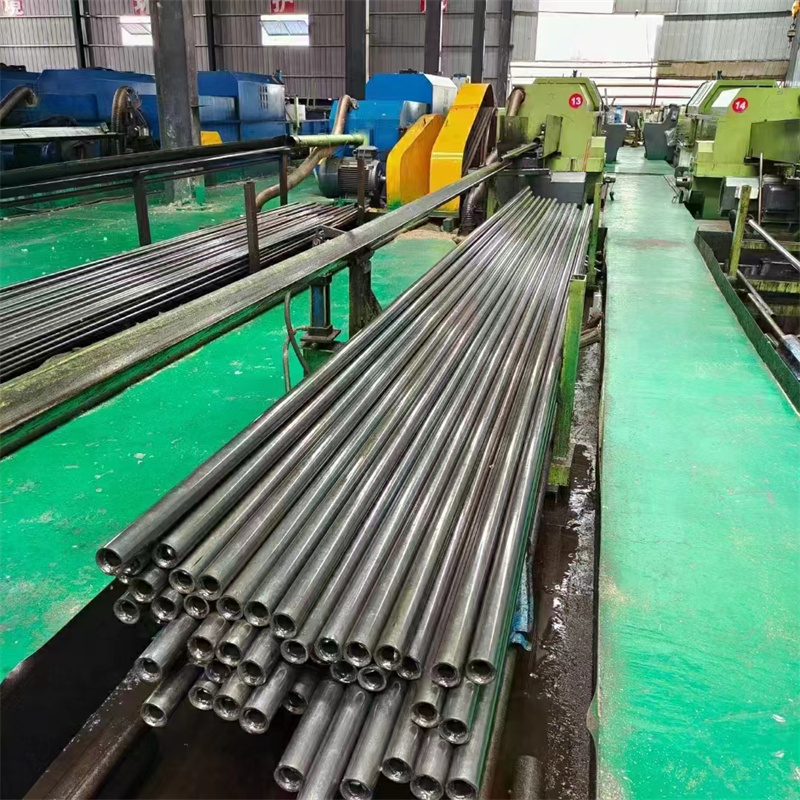
3. Inclusions
Formation reason:
① Foreign metal inclusions
Reason: During the pouring process, metal bars, metal blocks and metal sheets fall into the ingot mold, or the iron alloy added at the end of the smelting stage is not melted.
Macroscopic features: On etched sheets, mostly geometric shapes with sharp edges and a distinct color difference from the surroundings.
② Foreign non-metallic inclusions
Reason: During the pouring process, the refractory material of the furnace lining and the inner wall of the pouring system did not float or peel off into the molten steel.
Macroscopic Features: Larger non-metallic inclusions are easily identified, while smaller inclusions corrode and peel, leaving small round holes.
③ Flip the skin
Cause of formation: The molten steel contains a semi-cured film on the surface of the bottom ingot.
Macroscopic characteristics: The color of the acid leaching sample is different from the surrounding, and the shape is irregular curved narrow strips, and there are often oxide inclusions and pores around.
4. Shrink
Cause of formation: When casting an ingot or casting, the liquid in the core cannot be replenished due to volume shrinkage during final condensation, and the head of the ingot or casting forms a macroscopic cavity.
Macroscopic features: The shrinkage cavity is located in the center of the laterally acid leached sample, and the surrounding area is usually segregated, mixed or loose. Sometimes holes or cracks can be seen before etching, and after etching, parts of the holes darken and look like irregularly wrinkled holes.
5. Bubbles
Cause of formation: Defects caused by gases generated and released during ingot casting.
Macroscopic Features: Transverse specimen with cracks roughly perpendicular to the surface with slight oxidation and decarburization nearby. The presence of subcutaneous air bubbles below the surface is called subcutaneous air bubbles, and deeper subcutaneous air bubbles are called pinholes. During the forging process, these unoxidized and unwelded holes extend into thin tubes with isolated small pinholes in cross section. The cross section resembles regular point segregation, but the darker color is the inner honeycomb bubbles.
6. Vitiligo
Cause of formation: It is usually considered to be the influence of hydrogen and structural stress, and the segregation and inclusions in the steel also have a certain influence, which is a kind of crack.
Macroscopic features: Short, thin cracks on transverse hot acid leached samples. There are bright white spots of coarse-grained silver at the longitudinal fracture.
7. Crack
Formation reason: axial intergranular crack. When the dendritic structure is severe, cracks will appear along the main branch and between the branches of the large-sized billet.
Internal cracks: Cracks caused by improper forging and rolling processes.
Macroscopic features: On the cross section, the axial position cracks along the intergranular, in the shape of a spider web, and radial cracking occurs in severe cases.
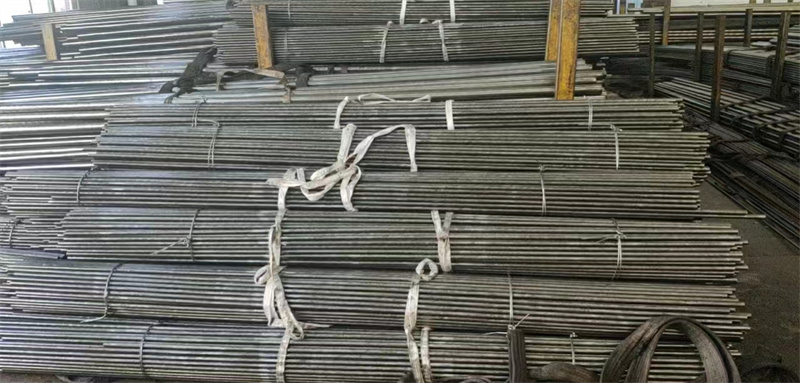
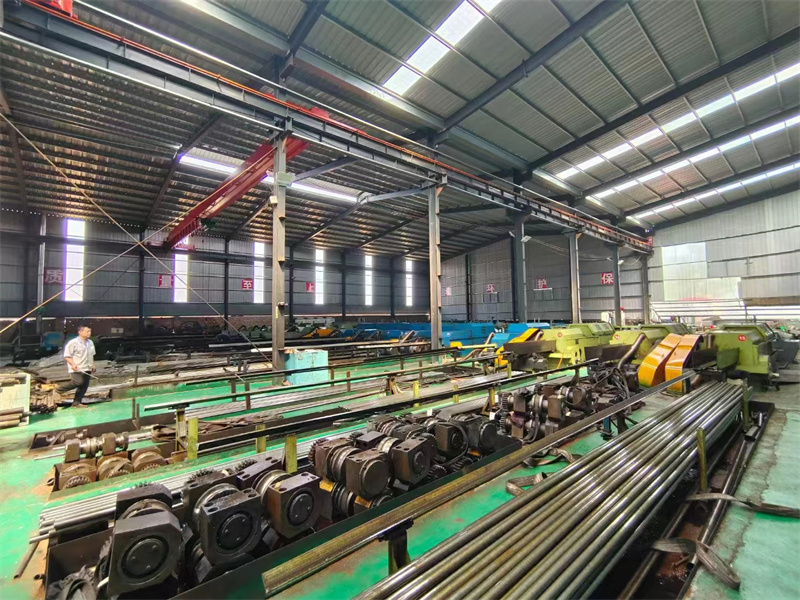
8. Fold
Causes of formation: uneven surface scars of cold-drawn carbon steel tube or steel ingots during forging and rolling, sharp edges and corners overlapped on cold-drawn seamless steel tube, or ear-shaped objects formed due to improper pass design or operation, and continued rolling . superimposed during production.
Macroscopic features: On the transverse hot acid dipping sample of cold drawn seamless steel pipe, there is an oblique crack on the surface of the steel, and there is severe decarburization nearby, and the crack often contains oxide scale.
Post time: Nov-02-2022